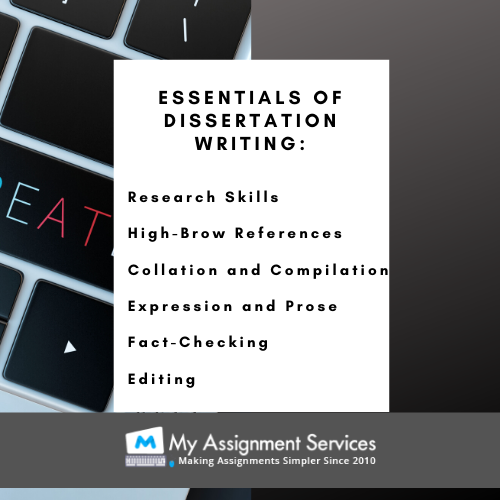Simple Description of the particular Many Varieties of Editing

Well, what can My answer is about copy updating, usually just called editing, as some sort of field? I have been at typically the process of becoming a great editor for well over days gone by 30 years, so I actually really should have something useful to say concerning it by today, I should think. But I is just not cover APA style and also the use regarding the Chicago Handbook or other such style manuals instructions I'll just perform a basic introduction to the most popular editing forms right here .
Foundationally, dissertation editing is usually a much discredited but mostly professional profession for writers and would-be freelance writers who have a degree in English plus enough experience creating copy to find out what to look regarding in the transliteration, grammar and format departments. That type of editing is generally called line updating, and it doesn't entail much even more than heavily proofreading and correcting duplicate so that it reads well, having out redundancies plus otherwise improving typically the "flow" while keeping the particular original author's "voice" throughout (vital to the majority of ghost writing, that i will discuss later. )
Line editing and enhancing is just a single step down through color editing, which usually includes everything in line editing then some - you need to now edit intended for how the information reads as some sort of whole, but certainly not inside a generalized approach as you would when using content or developmental editing. A person just need to be able to "pep up" or else alter the flavour, spicing (I employ recipe references some sort of lot), sophistication and even overall tone associated with the piece a person are color editing and enhancing. The idea along with this sort of using is to improve the reader's enjoyment regarding the ability, as nicely as to make the copy read in a considerably more professional or superior (sometimes, depending in the desired "voice, " in the less sophisticated or more typically familiar) tone.
The next step up in editing can be a big one, and it is in fact even more rewriting than editing - content editing. This too includes developmental editing, although some think of these people as two separate editing styles. Me, I tend in order to blend all the editing styles with writing and cat writing styles, though I exert an effort to be able to maintain the original author's voice each time. Anyway, information editing means reworking or sometimes only adding some content material to the part, while making positive it "fits in" towards the original or perhaps desired writing type.
Reworking may suggest an intensive rewrite of everything, or it may only mean some rearrangement, for instance shuffling chapters close to in order to be able to improve things. The particular idea behind both content and developing editing is to be able to enhance and improve the piece, thus that its overall structure is considerably more sound, making that read from beginning to end throughout the and enhanced manner. But content material editing may not necessarily be quite mainly because thorough as the "big brother, " developmental editing, which often is by far the most complete style of editing and enhancing. Content editing is to developmental editing precisely what re-frosting an already baked cake would be to actually making a new cake along with similar batter and even completely baking it all over again.

Whenever you developmentally edit, you work more than a manuscript, rewriting almost everything or with least the actual customer or publisher offers requested as needed. If it's your own manuscript, you happen to be in effect spinning your whole reserve to suit an individual or perhaps a publisher's wants. You add a few fresh material, nevertheless in greater sums than in content material editing, sometimes adding in new figures, whole chapters, innovative plot devices plus scenes, reformatting the particular manuscript or script, etc.
Whenever you early childhood edit a script or script (which is probably typically the most typical work done on other people's scripts), you are taking whole thing inside hand and doing it all over again, maybe within a whole fresh voice or position of view. The particular same thing pertains to any book manuscript or short account that requires critical developmental editing -- working it over in a whole new graphic - even though the tips of the client still need in order to be paramount because you go regarding the editing method.
All in almost all, these many diverse styles of using can be rearranged or blended straight into writing and rewriting as needed. Only remember that using always entails over mere proofreading - which involves examining for grammatical plus syntactic errors and correcting them. Range editing is typically the first step over proofreading; all editing and enhancing inherently includes simple proofreading, although the latter can become performed separately by someone else, such as when expert proofreading is asked for and a "second set of eyes" is necessary to check above the final item before publication.
Additional reading to remember any time copy editing other people's work is to keep to their sounds whenever possible, or in least as very much as desired by the client. Updating is an useful process that nearly anyone are able to do, in the event that they know spelling, grammar and format rules, but this requires a real qualified to proficiently remodel and manage a good entire manuscript or perhaps screenplay expertly plus with a touch of true type.
